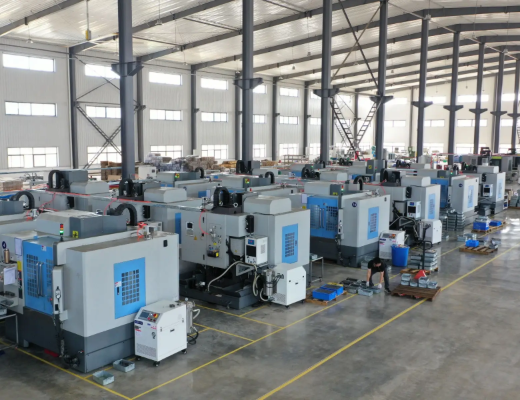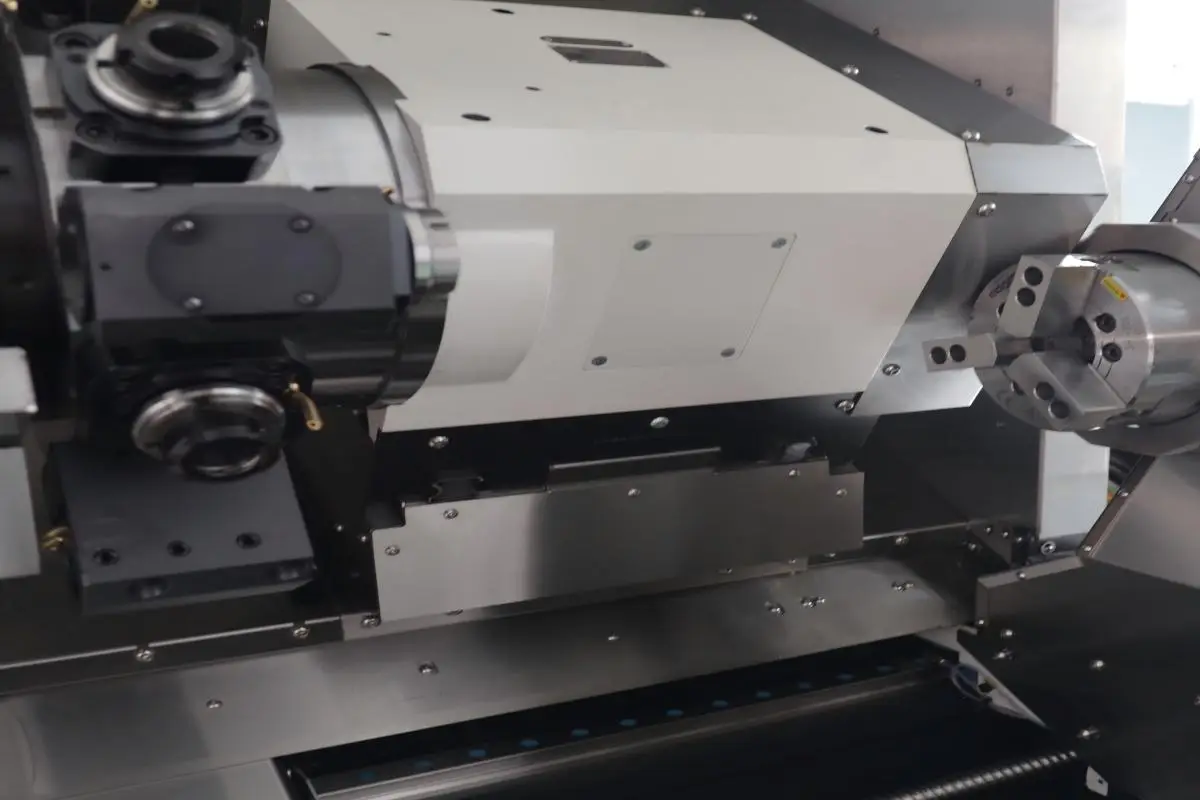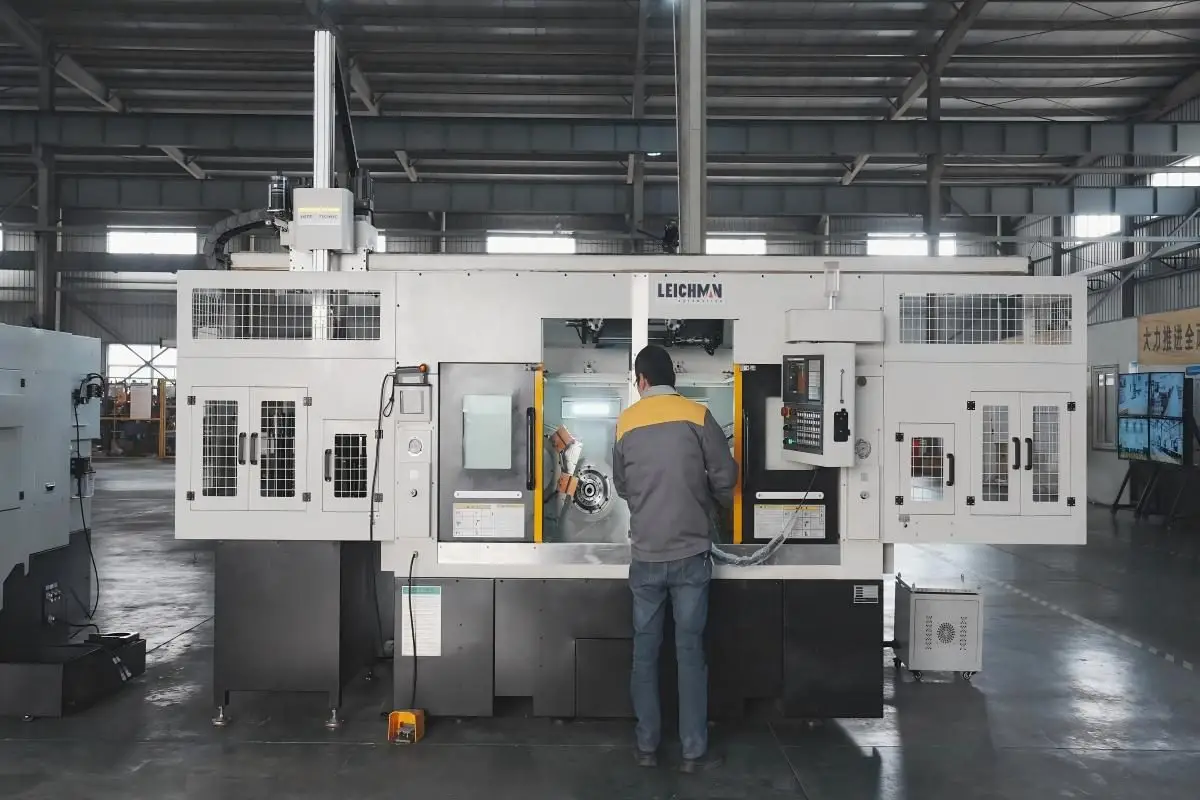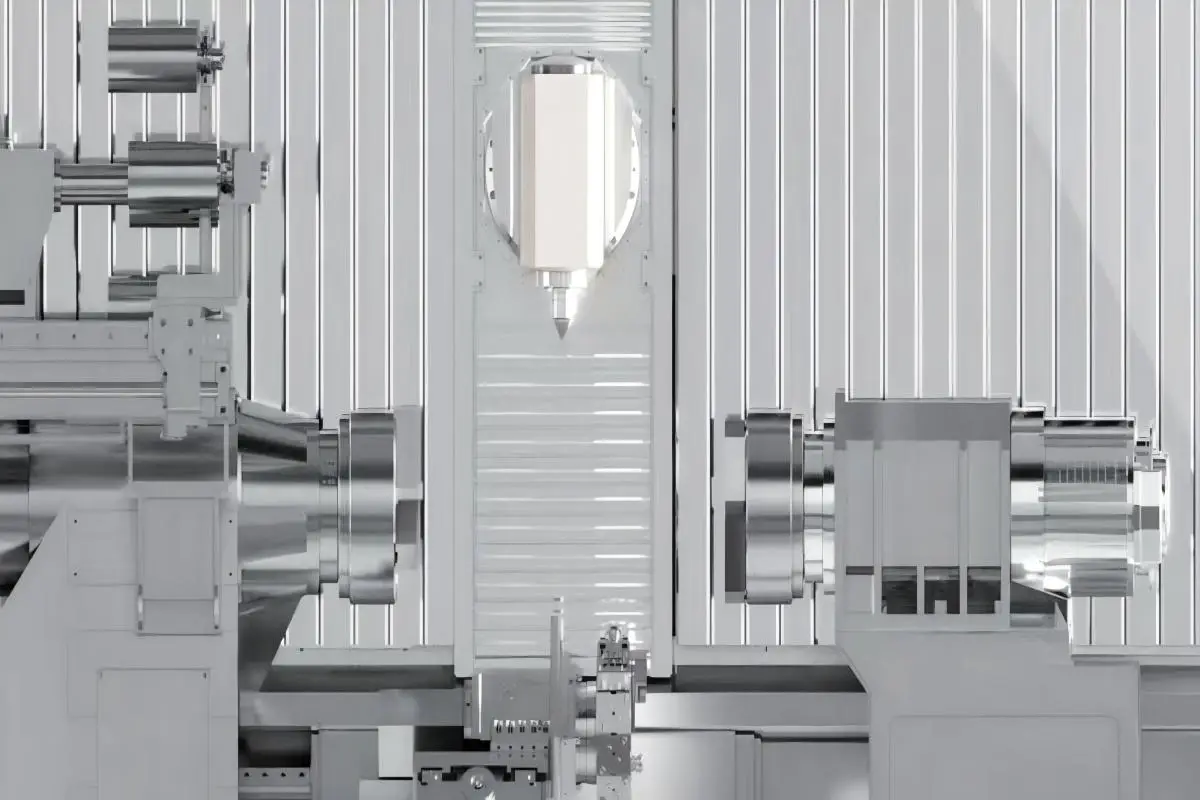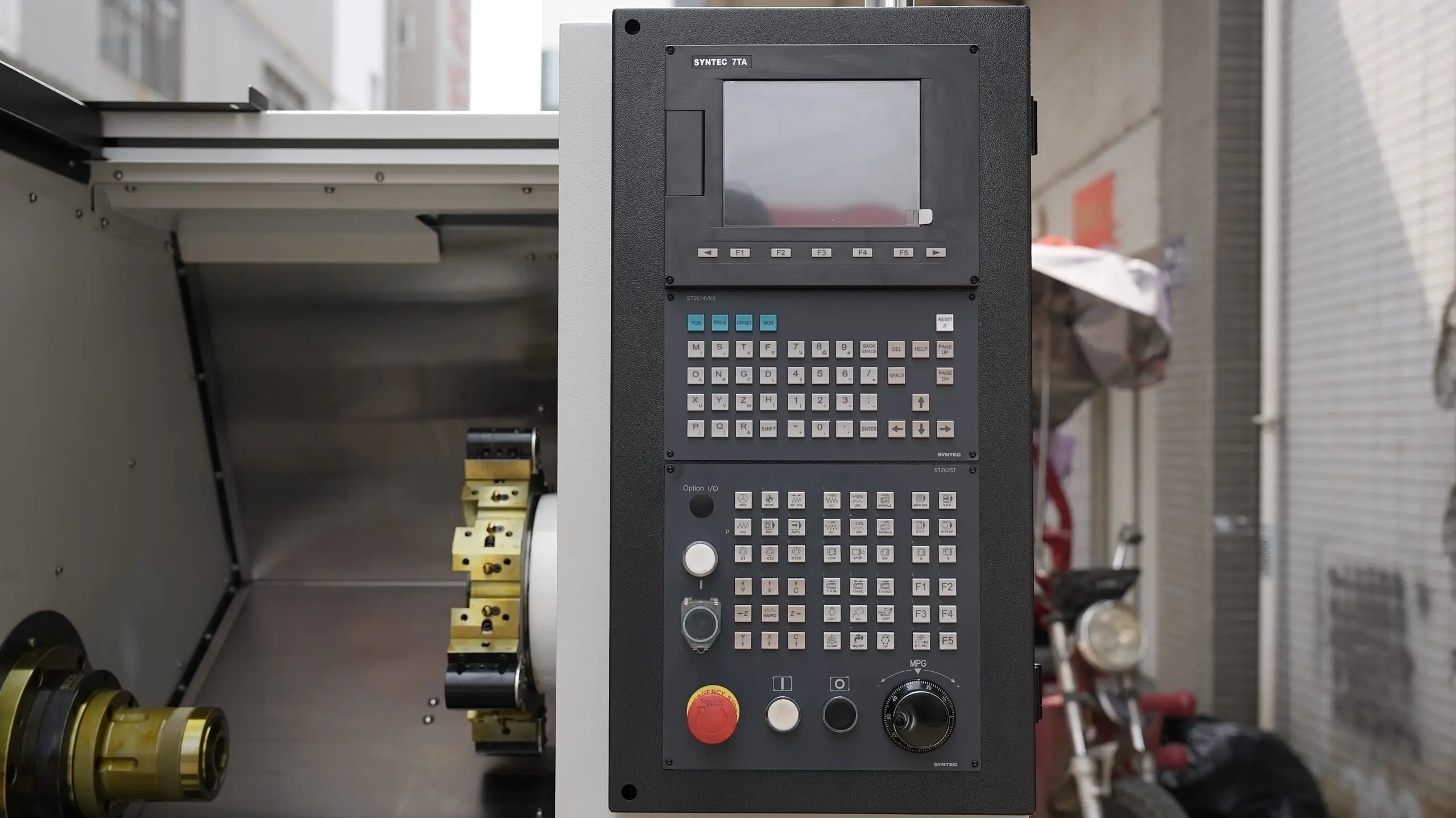CNC mill-turn machines have become vital in modern manufacturing, combining milling and turning capabilities in a single setup. Understanding when to use a CNC mill-turn center can significantly enhance productivity and efficiency. This article will explore the scenarios in which utilizing a CNC mill-turn center is beneficial, particularly in the context of CNC turn-mill center manufacturers.
Understanding CNC Mill-Turn Centers
A CNC mill-turn center is a sophisticated machine that integrates both milling and turning functions. This dual functionality allows manufacturers to perform multiple operations on a single workpiece without the need for frequent setups. This capability is particularly advantageous for complex parts that require both turning and milling operations, making CNC mill-turn centers increasingly popular in various industries, from aerospace to medical device manufacturing.
CNC turn-mill center manufacturers design these machines to optimize workflow, reduce cycle times, and improve overall production efficiency. By consolidating processes, manufacturers can minimize handling time and enhance precision, leading to higher-quality parts.
Ideal Applications for CNC Mill-Turn Centers
Several scenarios highlight the advantages of using a CNC mill-turn center. First, when dealing with complex geometries, CNC mill-turn centers excel by allowing manufacturers to perform intricate milling operations alongside turning. This capability is essential for parts with features like slots, holes, and contours that cannot be efficiently produced on a standard lathe.
Another ideal application for CNC mill-turn centers is in high-volume production runs. These machines streamline the manufacturing process by reducing the number of setups and tool changes required. This efficiency is particularly beneficial for CNC turn-mill center manufacturers, as it allows them to meet tight deadlines while maintaining quality.
Additionally, CNC mill-turn centers are invaluable when working with materials that require precise machining. The combination of milling and turning capabilities ensures that complex parts are produced with high accuracy and minimal waste, making these machines ideal for industries that demand strict tolerances.
Benefits of Using CNC Mill-Turn Technology
The benefits of utilizing CNC mill-turn centers extend beyond just operational efficiency. One significant advantage is the reduction of handling time. With the ability to perform multiple operations in a single setup, manufacturers can reduce the risk of errors that often occur during part transfers between different machines.
Moreover, CNC mill-turn centers enhance flexibility in production. Manufacturers can quickly switch between different part designs and production runs without significant downtime. This adaptability is crucial for clients looking to respond to changing market demands and customer requirements.
Finally, the integration of advanced technology in CNC mill-turn centers, such as the Fanuc 0i-TF Plus control system used in the Leichman LK-160 CNC turret lathe, ensures precise control over machining operations. This technology enhances both speed and accuracy, further contributing to the benefits of using CNC mill-turn centers.
Maximizing Efficiency with CNC Mill-Turn Centers
In summary, understanding when to use a CNC mill-turn center is essential for optimizing manufacturing processes. These machines are particularly beneficial for complex geometries, high-volume production, and precise machining applications. As CNC turn-mill center manufacturers continue to innovate, the advantages of using CNC mill-turn technology will only grow. For clients seeking reliable and high-performance solutions, Leichman offers advanced CNC mill-turn centers designed to enhance productivity and quality in manufacturing.
